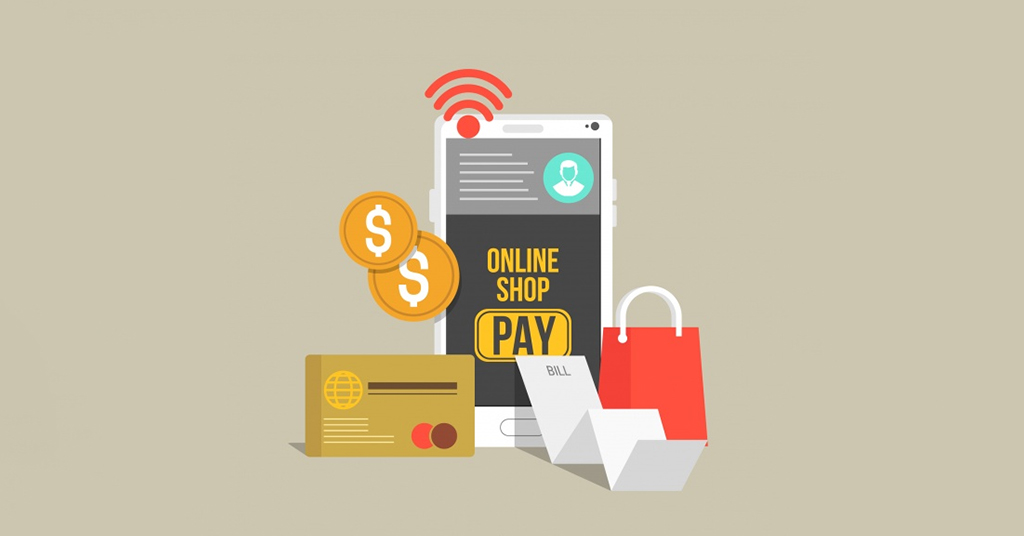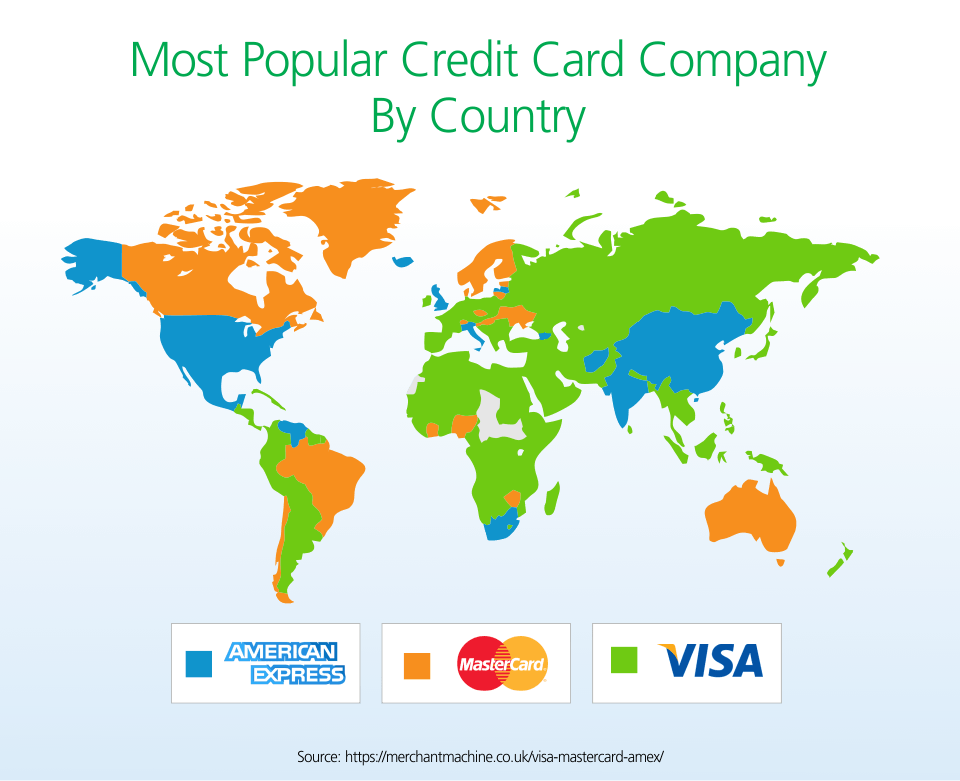The creation of a merchant account is primarily in the interests of the merchant himself

Accepting Cashless Online Payments - A Must For Merchants
The ability to pay by card is an integral part of online business. To provide customers with this functionality, merchants must enter into an agreement with a bank to service a merchant account. This is often not a quick procedure, but in this article, the editors have collected basic tips that will simplify this process.
What is a merchant account?
A merchant account is an agreement between a store and an acquiring bank that enables a financial institution to process customer non-cash payments. In fact, for online merchants, such an account is an opportunity to receive payments from customers who pay with cards for goods or services. The money debited from the card goes to the merchant's bank account through the processing center.
How to create a merchant account
Often, the choice of a bank to open an account depends on the type of business, its size, turnover, payment history, and many other important details. More on this later.


Accepting Cashless Online Payments - A Must For Merchants
The ability to pay by card is an integral part of online business. To provide customers with this functionality, merchants must enter into an agreement with a bank to service a merchant account. This is often not a quick procedure, but in this article, the editors have collected basic tips that will simplify this process.
What is a merchant account?
A merchant account is an agreement between a store and an acquiring bank that enables a financial institution to process customer non-cash payments. In fact, for online merchants, such an account is an opportunity to receive payments from customers who pay with cards for goods or services. The money debited from the card goes to the merchant's bank account through the processing center.
How to create a merchant account
Often, the choice of a bank to open an account depends on the type of business, its size, turnover, payment history, and many other important details. More on this later.
1. Decide on a credit card operator
Analyze which credit card operator you are interested in. It often depends on demographics and target audience. Most likely, Visa or Mastercard will be enough for you. But if you plan to work in a market where there are alternative payment instruments, make sure that the bank where you want to open an account will give you the opportunity to work with such providers. According to statistics, Visa ranks first in the popularity of its cards in different countries of the world, leaving Mastercard and American Express behind. But Mastercard is the leader in the Ukrainian market.
2. Decide on a payment model
Depending on what products and services you offer, your business should be able to offer different payment models (such as a one-time or recurring payment). Based on the set of necessary services, choose a bank with the most convenient conditions for you.3. Analyze your turnover
The commissions offered by banks will depend on the turnover of the business. Be prepared to provide the financial institution with all the necessary documents showing the financial position and turnover for at least the last year.4. Start looking for a bank
Most often, experts recommend opening a merchant account at a local bank. This means that the bank must be in the same jurisdiction as the merchant's registered business. Therefore, do not rush to open an account in a large bank that focuses on several countries at once. Pay attention to local financial institutions. Also, do not forget about the bank where your current account is opened. This will increase trust on the part of the financial institution and provide the best conditions for the merchant.Also, the services of intermediaries should be used by startups, firms entering the high-risk zone, as well as businesses that have been on the market for less than two years (or those that have no payment history). This will increase the merchant's chances of getting a merchant account and eliminate dozens of risks associated with payment processing.If you are in an international business, opening a local bank account will significantly slow down the payment processing process. That is why in this case it is better to use the help of a Payment Service Provider (eg Fondy).
